Toll Free: (866) 215-0651
Local: (657) 900-2066
Industrial Relocation: A Comprehensive Guide
Industrial relocation, also known as industrial migration or repositioning, refers to moving manufacturing facilities, warehouses, or other industrial operations from one location to another. This strategic decision can be driven by various factors such as cost reduction, access to new markets, proximity to resources, or changes in regulatory environments. This blog post will explore industrial relocation, its reasons, challenges, and potential benefits.
Reasons for Industrial Relocation:
- Cost Reduction: One primary motivation for industrial relocation is to reduce operating costs. Companies may seek areas with lower labor costs, tax incentives, or cheaper utilities to improve their bottom line.
- Access to New Markets: Moving closer to emerging markets or strategic locations can enable companies to serve their customers better, reduce shipping costs, and tap into new business opportunities.
- Proximity to Resources: Industries reliant on specific resources such as raw materials or skilled labor may relocate to areas where these resources are abundant and easily accessible.
- Regulatory Compliance: Changes in environmental regulations, zoning laws, or government policies can prompt companies to relocate to ensure compliance and avoid potential penalties.
- Infrastructure and Technology Upgrades: Relocation may be driven by the need to upgrade to more advanced infrastructure or adopt newer technologies, enhancing productivity and competitiveness.
Challenges of Industrial Relocation:
- Disruption of Operations: Moving an industrial facility involves significant downtime, which can disrupt production schedules, supply chains, and customer deliveries, leading to financial losses.
- Labor Issues: Relocation may result in workforce disruptions such as layoffs, retraining, or hiring new employees in the new location. Labor unions and employee resistance can also pose challenges.
- Infrastructure and Logistics: It is crucial to ensure the new location has adequate transportation networks, utilities, and infrastructure to support industrial operations. Logistics complexities such as transporting heavy machinery and equipment also require careful planning.
- Regulatory Hurdles: Navigating through permits, zoning regulations, environmental assessments, and other legal requirements in the new location can be time-consuming and costly.
- Cultural and Social Factors: Relocating to a new region may involve adapting to different cultural norms, community expectations, and workforce demographics, impacting employee morale and organizational culture.
Benefits of Industrial Relocation:
- Cost Savings: By relocating to areas with lower operating costs, companies can improve their profitability and competitiveness.
- Enhanced Market Access: Proximity to new markets or transportation hubs can reduce shipping costs and lead times and enable faster response to customer demands.
- Operational Efficiency: Upgrading to modern facilities, technologies, and infrastructure can boost productivity, efficiency, and quality standards.
- Strategic Positioning: Relocation allows companies to position themselves closer to suppliers, customers, or innovation clusters, fostering collaboration and growth opportunities.
- Environmental Sustainability: Moving to eco-friendly locations or adopting sustainable practices in the new facility can reduce environmental impact and enhance corporate social responsibility initiatives.
Industrial relocation is a complex and strategic decision that requires careful planning, analysis, and execution. While it presents numerous challenges, such as operational disruptions and regulatory hurdles, it also offers significant opportunities for cost savings, market expansion, and operational improvements. Companies can make informed decisions to drive long-term growth and success in an increasingly competitive global marketplace by understanding the reasons, challenges, and benefits associated with industrial relocation.
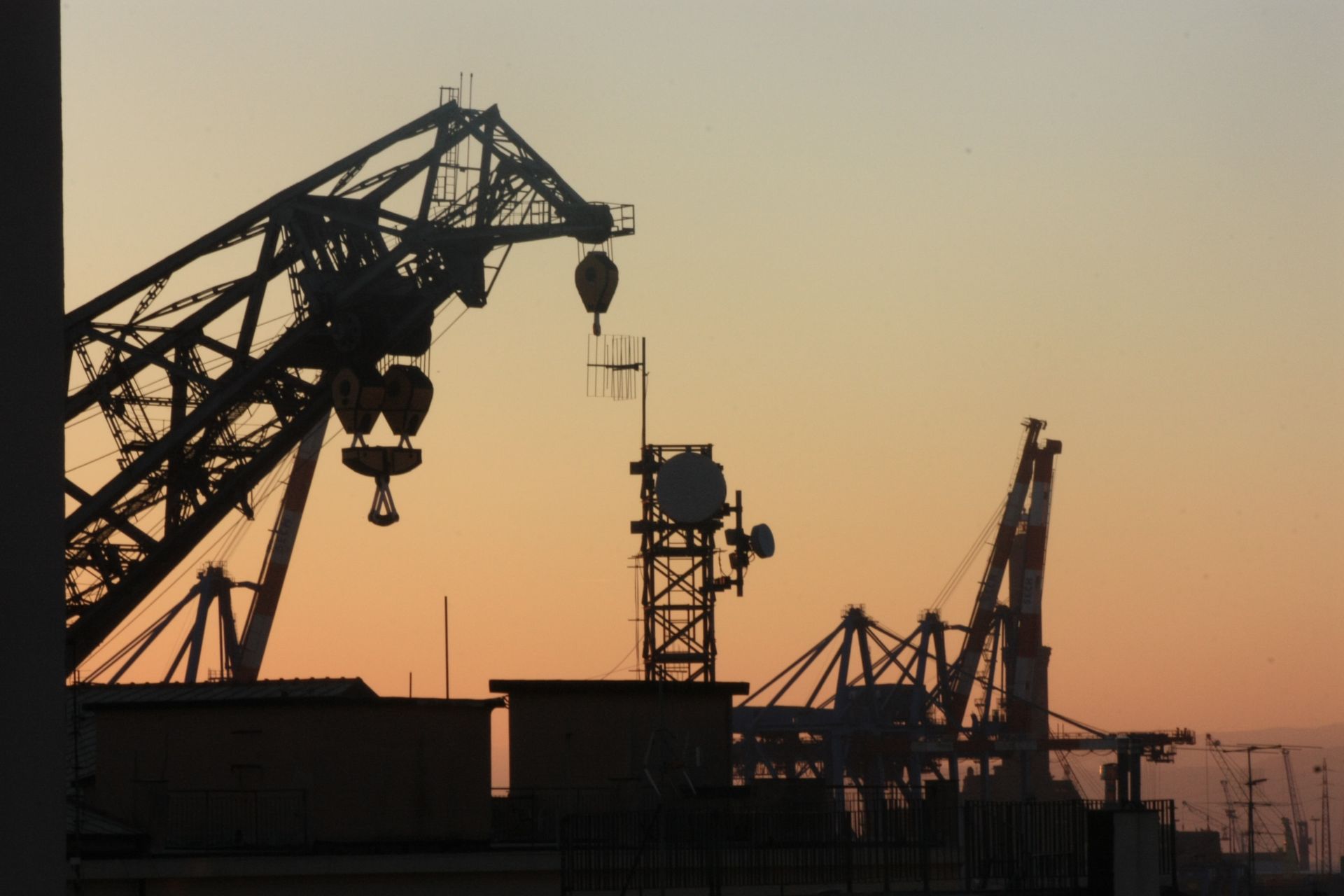



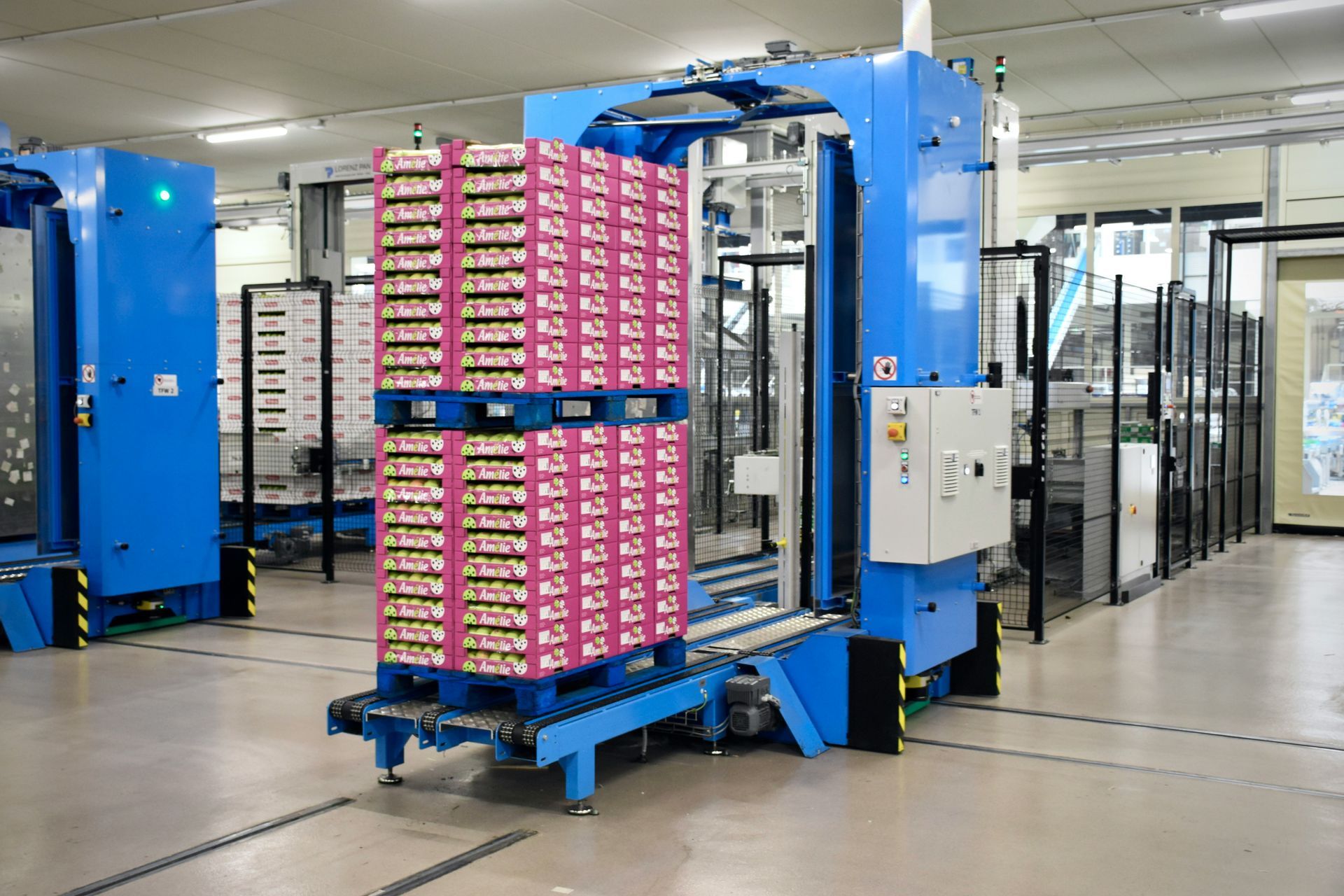

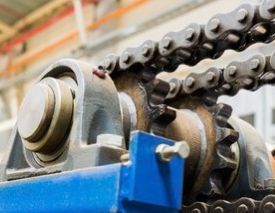

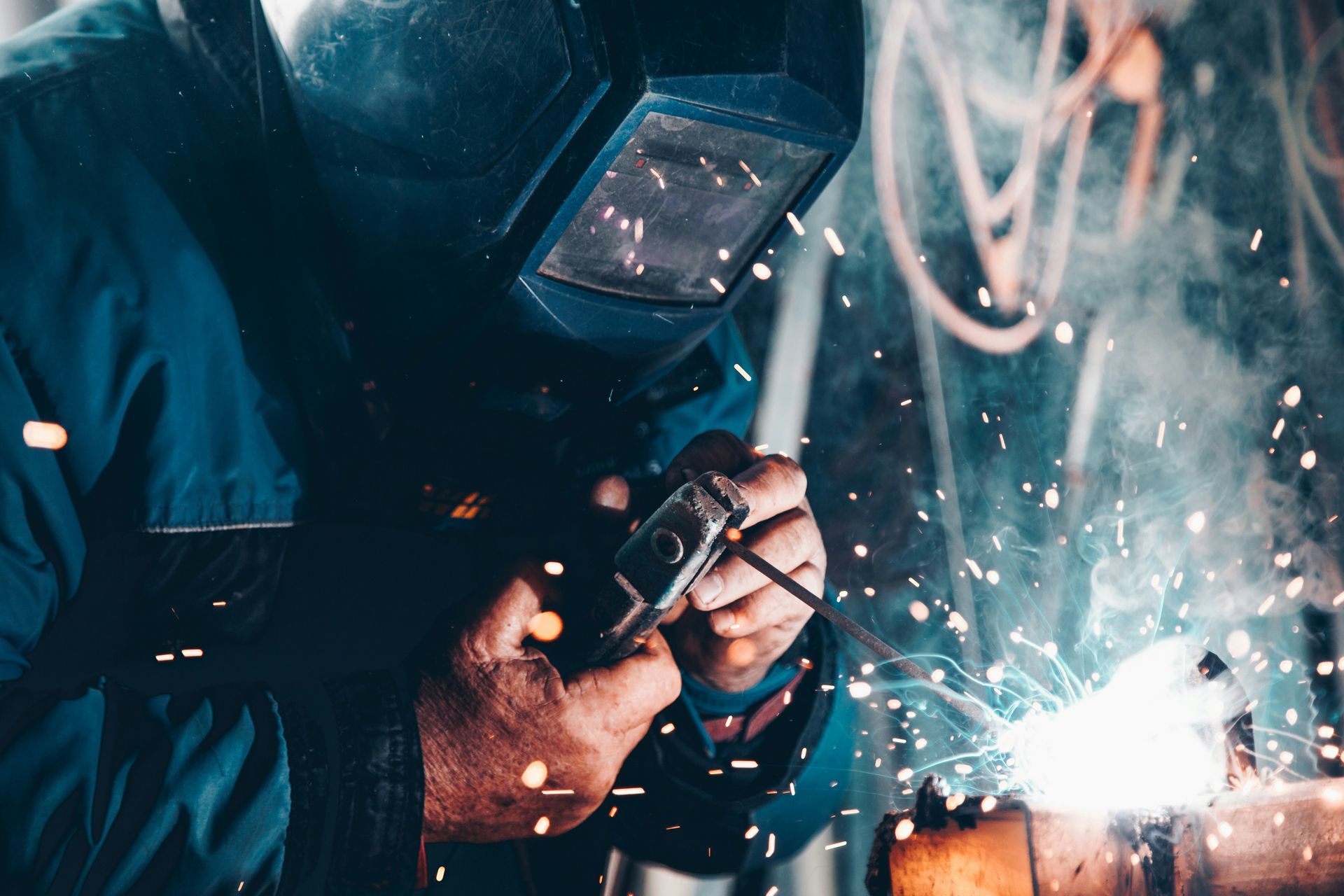
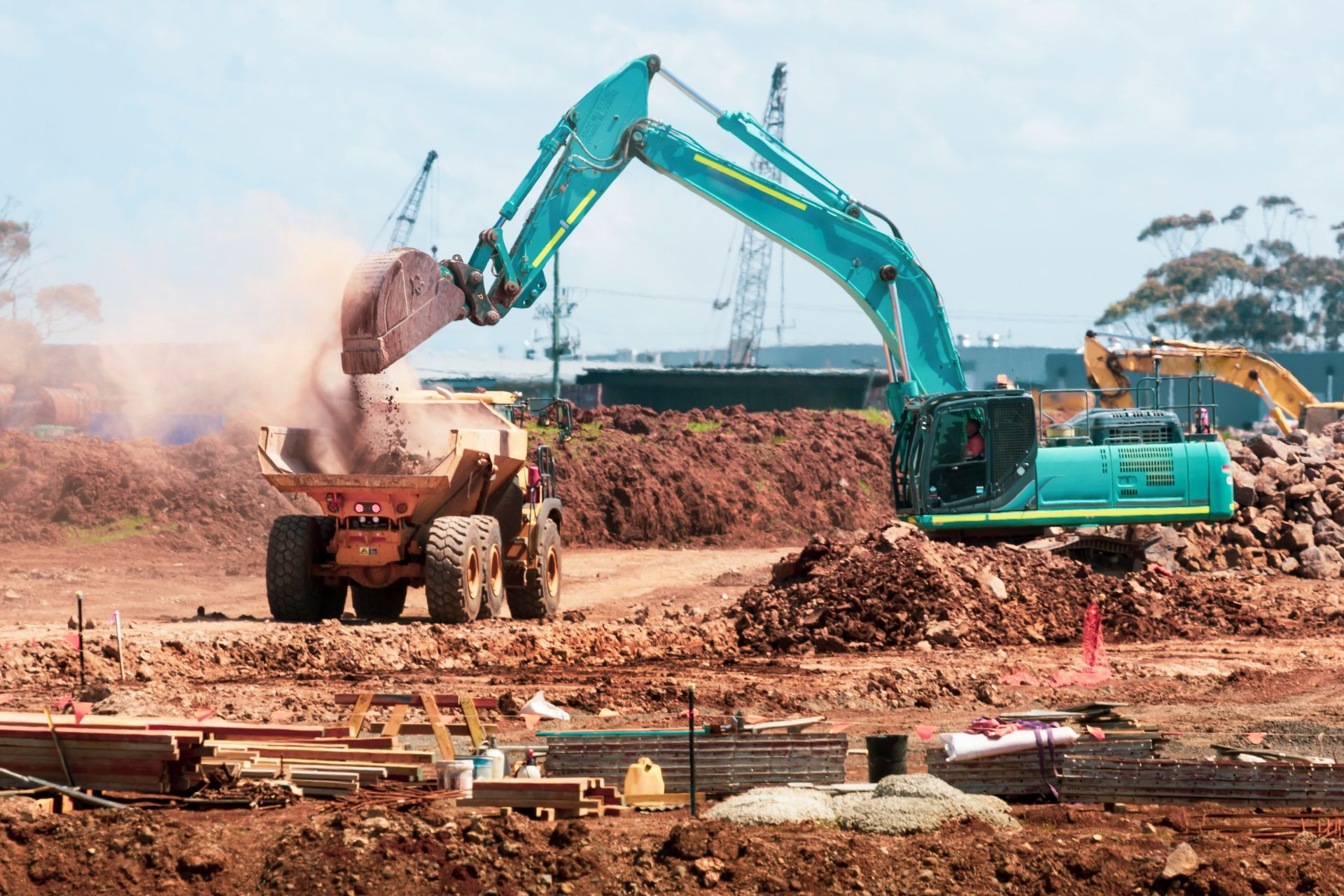
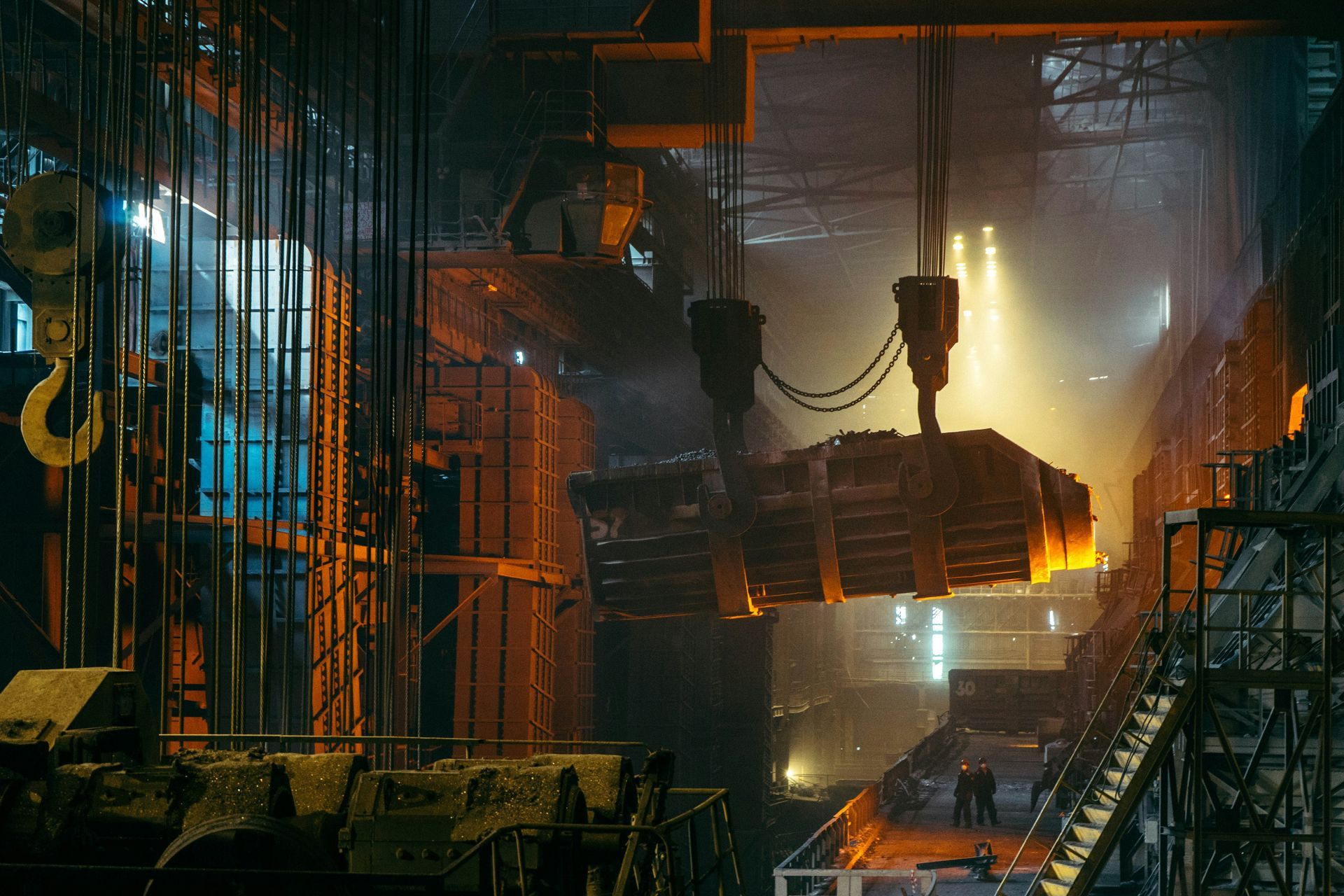
Share On: